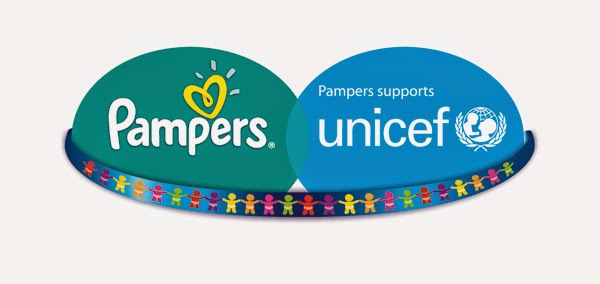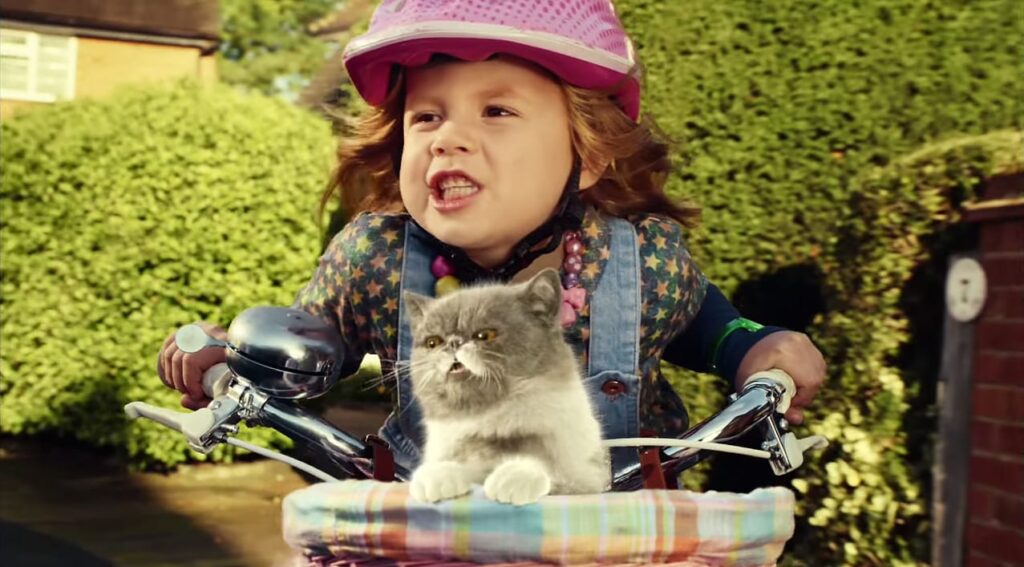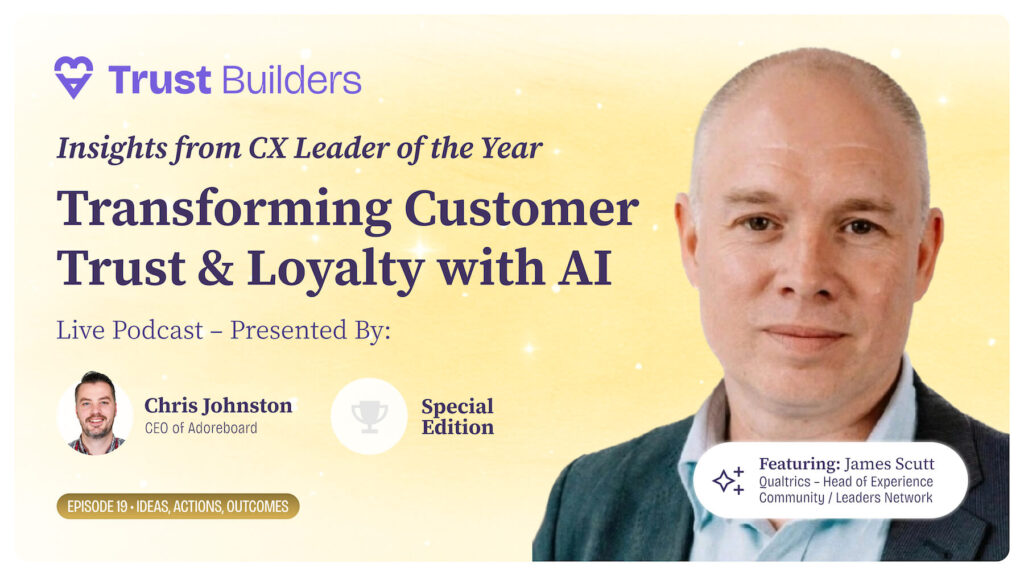If you have ever come across the book Lovemarks, you will be familiar how brands are masters at creating emotional connections with their customers. A book written by the CEO of Saatchi & Saatchi provides a wonderful illustration of how brands have tapped into the aspirations of customers for the benefit of brands.
In today’s digital world, brands have to work harder by using new ideas and concepts to capture the imagination of their customers. We’ve identified three very quick examples of brands, which are great exemplars of concept marketing. That is brands that are promoting concepts that align with their customers and result in more engagement and satisfaction.
1. Three Mobile: Moonwalking Pony and Sing It Kitty
You can picture the scene from the marketing meeting now. Your marketing team is presenting a new idea to your client Three Mobile.
“Guys I’ve got this great idea. Why don’t we get a Shetland pony to do the moonwalk to promote our mobile phone?”
BOOM, you wait for the deadly silent or burst of spontaneous applause.
And you can imagine how this idea could be easily laughed out of the room, for anyone not in tune with how people interact with brands online. So fair play to the creatives behind the Three Mobile ads, for experimenting. They’ve been able to translate a feel good, young and hip perception into a range of adverts that appeal to people’s humour.
The key concept that Three Mobile communicated was that all the seemingly stupid and funny stuff we look at online isn’t that silly at all. The result is that they’ve been able to connect people around a concept through sharing it online. Which is why Three as a network are keen to reinforce their key brand position as keeping people connected online with their brand strapline ‘Keep on internetting’.
The key thing that makes Three Mobile stand out is that they put the customers in control. Customers could use social media to decided what song the Shetland pony should dance to next. By engaging with their customers in a fun way, they were able to highlight the most popular concepts like Raving Pony, of all things. Through data analytics they were able to collect, analyse and ultimately change the nature of their ads by taking new concepts and ideas from their customers. All of which resulted in significant buzz online and wider brand awareness for Three.
2. Audi Showroom without Cars

Take a stroll down Mayfair in the City of London and you’ll be surprised that the new Audi City, a new digital showroom, distinctively lacks any Audi cars. That is any physical cars. Instead customers are to treated to the experience of owning an Audi car. They do this through allowing would be customers to touch and feel what it would be like to own a car using state-of-the-art technology.
It is easy to understand what Audi is doing here. Its stated brand values are to create a premium brand and be a leader in innovation. So when you see the showroom, is more akin to a high-end luxury Apple store – minimalistic and high tech. The concepts that the customers experience are around the high-tech and innovative nature of the product. You can see how this works as a highly visual persuasion tool.
In the new digital economy, that’s how cheques are written for new cars in a showroom!
3. 1 Pack = 1 Vaccine: Unicef Partnership with Pampers

If you had the choice of buying nappies for your new baby – which one would you choose? One brand will provide you with a functional product and the other promises that by buying from them you are personally helping to sustain new life in the third world.
Pampers teamed up with UNICEF to donate a dime towards a life-saving tetanus vaccine to help protect mothers and their babies for every pack of pampers. The alignment of concepts between Procter & Gamble pampers and UNICEF – creates a new concept in the minds of consumers of an ethnically and responsive brand. The result was to create emotional connections with its customers, which drove sales and provided life saving vaccinations.




